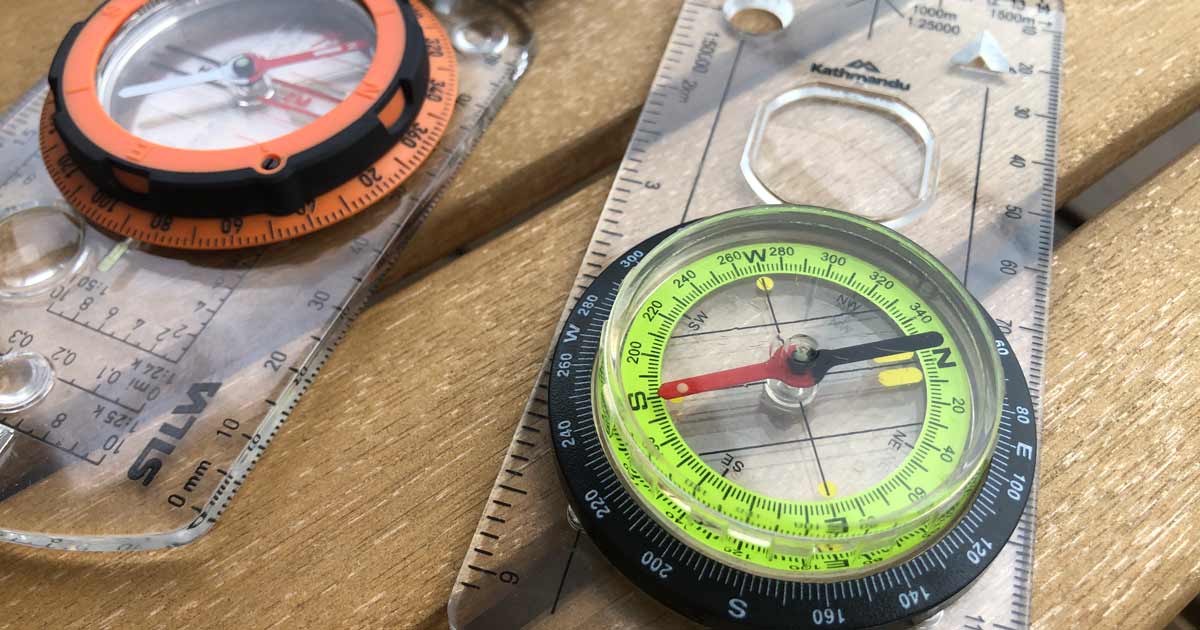My wife and I were preparing for a rogaining event when I noticed that one of our compasses had the red arrow pointing south instead of north. Initially, I thought it might be a design flaw or a compass specifically designed for the northern hemisphere. However, when I asked my wife about it, she said it had only recently started acting strangely.
Intrigued, I started researching online to see if anyone else had encountered this problem. I came across several posts discussing the phenomenon of “reverse polarity” in compasses.
What causes reverse polarity in a compass?
A compass, an essential tool for navigation, relies on the Earth’s magnetic field to provide accurate direction. However, exposure to strong magnetic fields can cause the compass needle to become reversed, pointing south instead of north. This can lead to serious navigation errors and potentially hazardous situations.
The magnetic fields generated by various electronic devices we commonly carry, such as smartphones, GPS devices, and even magnetic clasps on packs, can interfere with a compass needle’s alignment. This interference can cause the needle to point in the wrong direction, a condition known as reverse polarity.

Identifying reverse polarity
There are two primary ways to identify reverse polarity in a compass:
- Needle sluggishness: If the compass needle appears sluggish or slow to settle, it may be partially reversed.
- Needle misdirection: If the red arrow, typically indicating north, is pointing south instead, the compass is completely reversed.
Preventing reverse polarity
To prevent reverse polarity, follow these tips:
- Maintain distance: Keep your compass away from electronic devices, magnets, and magnetic fields associated with electrical circuits and ferrous metal objects.
- Separate storage: Store your compass separately from other electronic gadgets in your backpack.
- Regular checks: Check your compass for proper functioning before each hike.
Reversing reversed polarity
If your compass experiences reverse polarity, you can attempt to re-magnetise the needle using a strong magnet. Carefully stroke the magnet along the north end of the needle, repeatedly pulling it outwards. Repeat this process on the other end of the needle. Always compare your compass’s readings against a known-correct compass after attempting to re-magnetise it.
Using a compass with reversed polarity
While it is technically possible to use a compass with reversed polarity by using the south arrow as the north reference, this method is not recommended due to the potential for inaccuracies.
Golden rules for compass care
- Spatial Awareness: Keep your compass well away from your body and other electronic devices while using it.
- Map Reading: Familiarise yourself with map contours to anticipate terrain changes and detect discrepancies while navigating.
- Spare Compass: Carry a backup compass in case of primary compass malfunction or loss.
- Pre-Departure Check: Always check your compass’s functionality before heading out.
Remember, a compass is a crucial tool for safe navigation. By understanding and preventing reverse polarity, you can ensure your compass remains reliable and guides you accurately.











I managed to fix the Kathmandu compass (shown in the pic) by using the magnet method. Worked like a charm.
This is such a useful Post! Thankyou🤗
Jenny Woodhouse my pleasure.